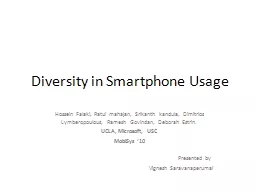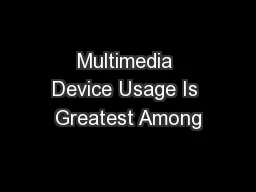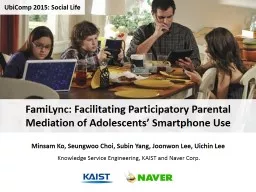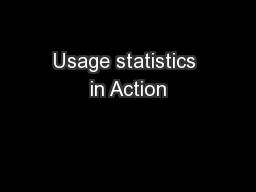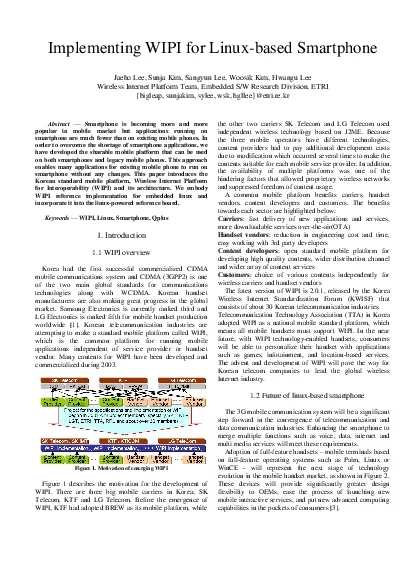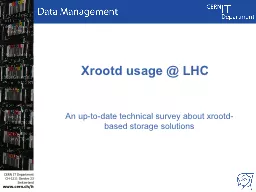PPT-Diversity in Smartphone Usage
Author : liane-varnes | Published Date : 2016-08-07
Hossein Falaki Ratul mahajan Srikanth kandula Dimitrios Lymberopoulous Ramesh Govindan Deborah Estrin UCLA Microsoft USC MobiSys 10 Presented by Vignesh
Presentation Embed Code
Download Presentation
Download Presentation The PPT/PDF document "Diversity in Smartphone Usage" is the property of its rightful owner. Permission is granted to download and print the materials on this website for personal, non-commercial use only, and to display it on your personal computer provided you do not modify the materials and that you retain all copyright notices contained in the materials. By downloading content from our website, you accept the terms of this agreement.
Diversity in Smartphone Usage: Transcript
Download Rules Of Document
"Diversity in Smartphone Usage"The content belongs to its owner. You may download and print it for personal use, without modification, and keep all copyright notices. By downloading, you agree to these terms.
Related Documents

